They deliver on the requirements of process productivity, flexibility and quality
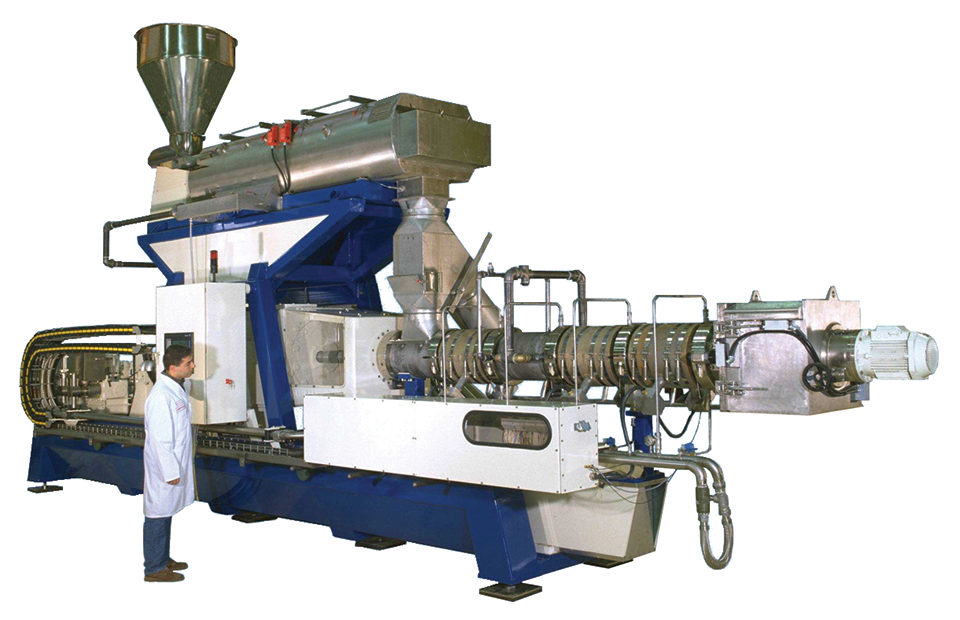
The aquaculture feed industry is moving at a fast pace toward more sophisticated manufacturing technologies, with more extruders being introduced for the production of high-quality shrimp and finfish feeds. Extrusion technology and setups using twin screws, in particular, have advanced considerably in the last few years, with the development of machines that can produce several tons of highly water-stable shrimp feed per hour.
For achieving water stability, nutritional value, and desired physical attributes in feeds, the extrusion process is much more efficient than pelleting. In the pelleting process, it is not easy to have short start-ups, and it is common to have several stoppages during a run, which increases down time and introduces variable product quality. In contrast, the extrusion process can have very short start-ups and long uninterrupted runs that yield high efficiency with very consistent product quality.
Two different technological concepts are currently available for extrusion: single-screw and twin-screw extruders. Both are composed of a thermally regulated barrel in which one screw or two intermeshing screws turn. Most new advances in extrusion have been developed for twin-screw machines.
Single-screw extruders
Single-screw extruders usually have a one-piece screw with a channel of variable depth and constant pitch, or a splined shaft that accepts modular screw sections with a constant channel and variable pitch. The screw barrel assembly is normally composed of three sections: a feed section with high transport capacity for solid raw material; a compression section where material is squeezed under the compressive effect of the screw in a channel of decreasing depth or pitch, and heated by interparticulate friction and conductive heat transfer until melting occurs; and a metering section with screw elements of small channel depth or pitch, where the material is strongly sheared in laminar conditions.
The mechanical energy dissipated is transformed into thermal energy and used to modify the material physically and chemically into a rheological state compatible with shaping. The metering section is also known as the pumping section.
Single-screw extruders are the simplest and most economical extruders in the market. But their process functions are limited, particularly when formulations become complex and require, for example, a high degree of mixing, or when flexibility and high-quality products are desired.
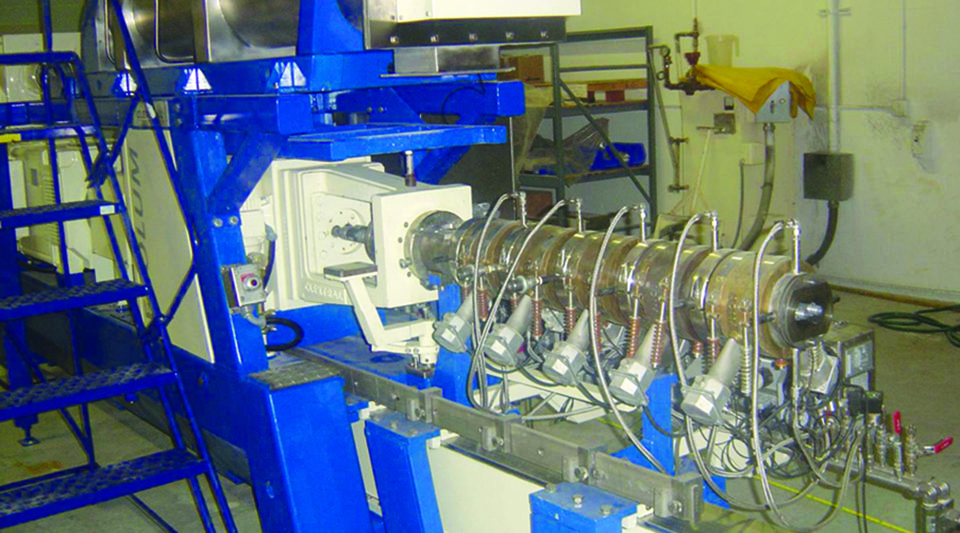
Twin-screw extruders
Twin-screw extruders have established themselves because they deliver on the requirements of process productivity, flexibility and quality. Their main features are similar to those of single-screw machines, including a feed and conveying section with large pitch screw elements and a compression section where the screw elements are of decreasing pitch.
At the output of the compression section, the dense material enters a working section where special dedicated screw elements orientate the features according to the required goal. For example, counter threads with reverse pitches accomplish shearing, and monolobe or bilobe mixing disks provide intense mixing. The intensity of shearing and mixing is then governed by the geometric characteristics of the screw elements.
The pressure profile down the barrel length of twin-screw extruders can be varied to allow different process functions (mixing, shearing, venting, partial cooling) designed in series according to process purposes. In the case of shrimp feeds, twin-screw machines are in practical terms converted into two extruders. One section of the extruder is configured to cook and the next does the forming.
Such a succession of work zones in series brings a high level of process flexibility when compared with single- screw extruders. Although single screw technology offers venting ports, it is important to note that their poor conveying characteristics are more difficult to control.
Twin-screw advantages
When compared with single screw extruders, twin-screw technology makes it possible to more efficiently handle the processing conditions of mixing, heat transfer, residence time distribution, and consequent shear time-temperature history in the screw barrel assembly. More uniform temperature of the material translates to better flow properties.
Twin-screw technology has determinant process advantages, including micromixing of ingredients, extensive choice of raw materials and formulations, and high tolerance to fat content and variations in raw material quality. Twin-screw machines also offer better control of energy input, higher heat transfer coefficients, greater process flexibility, better end product consistency and overall consistent quality of the end product feed.
(Editor’s Note: This article was originally published in the January/February 2008 print edition of the Global Aquaculture Advocate.)
Now that you've reached the end of the article ...
… please consider supporting GSA’s mission to advance responsible seafood practices through education, advocacy and third-party assurances. The Advocate aims to document the evolution of responsible seafood practices and share the expansive knowledge of our vast network of contributors.
By becoming a Global Seafood Alliance member, you’re ensuring that all of the pre-competitive work we do through member benefits, resources and events can continue. Individual membership costs just $50 a year.
Not a GSA member? Join us.
Authors
-

Eugenio Bortone, Ph.D., PAS, Dpl. ACAN
2281 Highway 124
Vina, Alabama 35593 USA[109,111,99,46,108,111,97,64,101,110,111,116,114,111,98,114,100]
-
Anne-Sophie Le Corre
Process Manager
Clextral Inc.
Tampa, Florida, USA
Tagged With
Related Posts
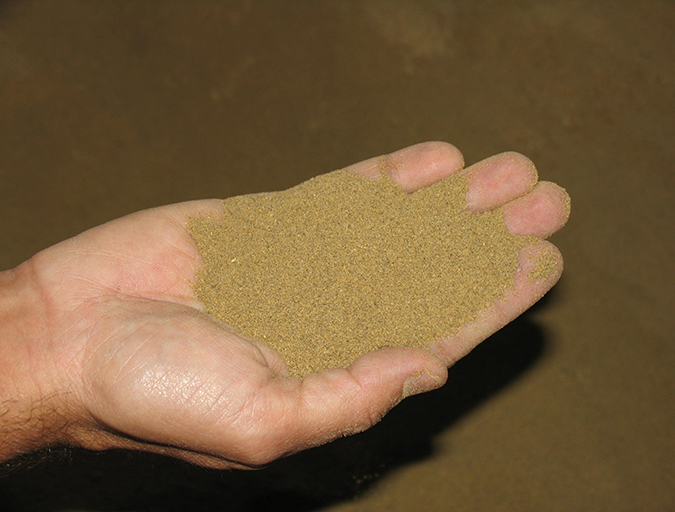
Aquafeeds
A look at the SME controlled extrusion process
A study was conducted using a Twin-Screw Extruder equipped with Specific Mechanical Energy (SME) and Density Control valves, to determine the effect of SME on the water stability of shrimp feeds. Further research is needed to evaluate the performance.
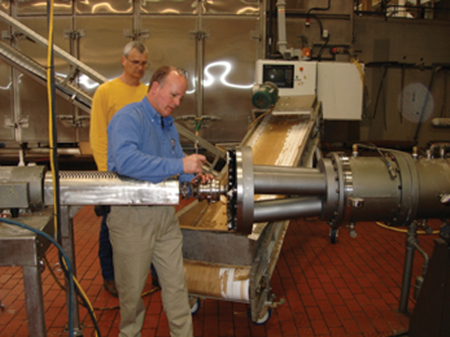
Health & Welfare
Extruder design changes increase production capacity for small-diameter feeds
The authors designed changes for single- and twin-screw extruders that streamlined the extrusion process to achieve higher output rates for small-diameter aquafeeds.

Aquafeeds
Extrusion supports fortification of specialized shrimp feeds based on vegetable proteins
Extrusion manufacturing of aquafeeds has recently seen advances in several areas. The development of new die technology has multiplied hourly output.
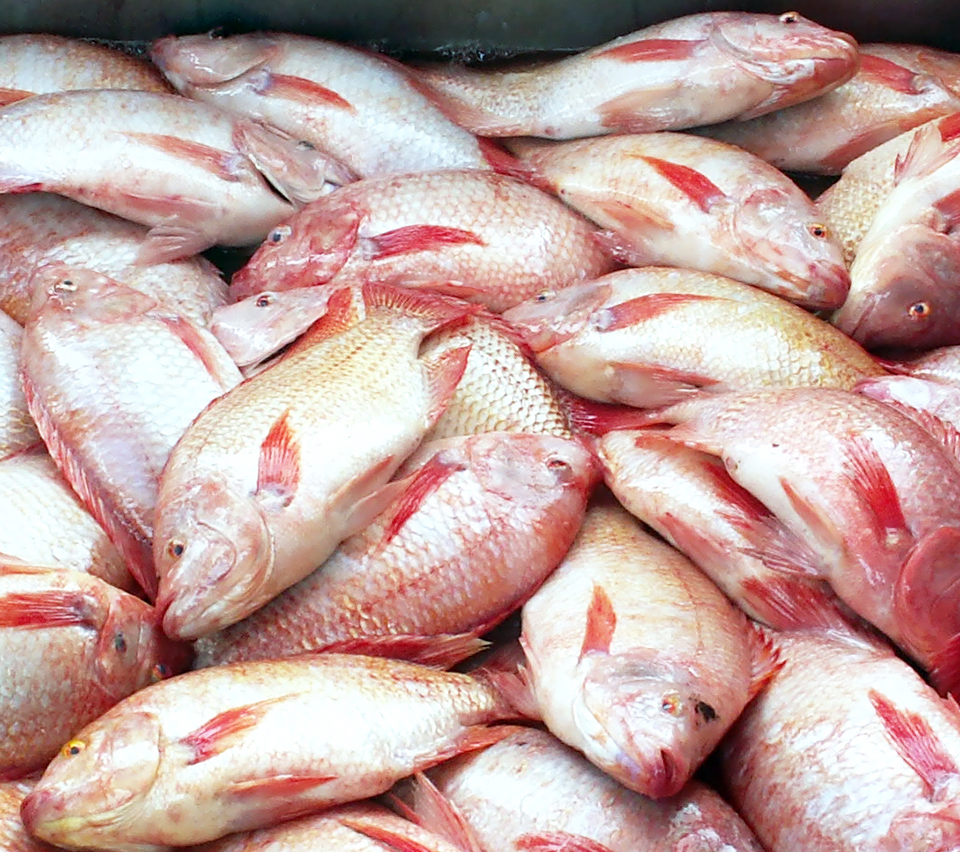
Health & Welfare
Tilapia farming faces expansion issues in Thailand
Thailand’s tilapia industry has been able to grow into a thriving sector thanks to technological advances and knowledge sharing.


